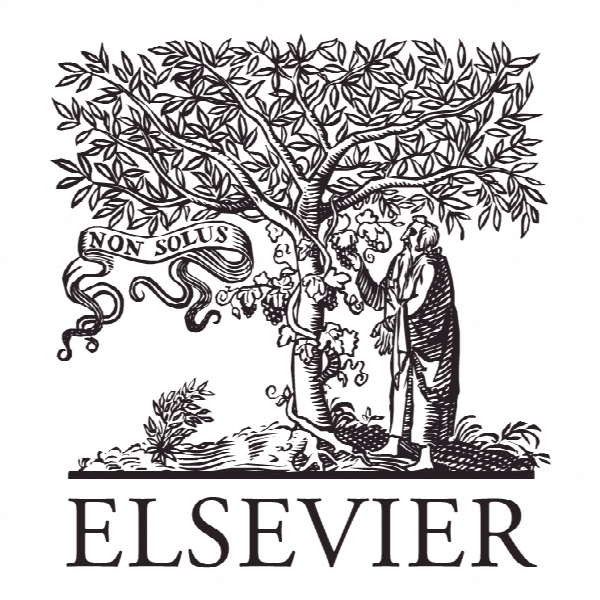تجزیه و تحلیل استفاده از محتوای مانیفست در تحقیق مدیریت خرید و عرضه Using manifest content analysis in purchasing and supply management research
- نوع فایل : کتاب
- زبان : انگلیسی
- ناشر : Elsevier
- چاپ و سال / کشور: 2017
توضیحات
رشته های مرتبط مدیریت
گرایش های مرتبط مدیریت کسب و کار MBA
مجله مدیریت خرید و تامین – Journal of Purchasing and Supply Management
دانشگاه گروه مدیریت زنجیره تامین، ایالتی آریزونا، ایالات متحده
نشریه نشریه الزویر
گرایش های مرتبط مدیریت کسب و کار MBA
مجله مدیریت خرید و تامین – Journal of Purchasing and Supply Management
دانشگاه گروه مدیریت زنجیره تامین، ایالتی آریزونا، ایالات متحده
نشریه نشریه الزویر
Description
1. Introduction The modern business world is awash in textual data. From casual conversations in hallways to formal discussions in team meetings, and from social and printed media to so-called big data, understanding the textual data that organizations, institutions, and markets create can enrich the study of any organizational phenomenon. Researchers use content analysis methods, the “systematic reading of a body of texts, images, and symbolic matter” (Krippendorf, 2012, p. 10), in order to understand such data. The purpose of content analysis is to reduce the complexity of qualitative, textual data so that it can be more easily and reliably understood, and identify patterns in such data, typically in an inductive (i.e., theory-building) manner. There are two approaches to perform content analysis, latent and manifest. In latent content analysis, a human researcher reads the relevant text(s) and then responds to the research question at hand with a textual response—the interpretation and encoding of the text being analyzed takes place within the mind of the researcher. In manifest content analysis, explicit mechanical rules are used to create metrics and other analytics that are then interpreted by the researcher. Latent content analysis tends to have higher validity than manifest methods because there is more “human in the loop”, but suffer from reliability problems because of human error and fatigue in encoding. Manifest content analysis has high reliability (perfect reliability if done with computer), but can suffer from validity problems because of reducing sentences, paragraphs, and texts to a “bucket” of words. While most academic research using content analyzes have used latent content analysis methods, advances in technology and methods, as well as the need to process large amounts of data, suggest that future research will largely be dependent upon manifest content analysis. Purchasing and supply management researchers will benefit greatly from adopting manifest content analysis methods in order to study modern problems—qualitative data has simply become too voluminous to do otherwise. For example, there is increased interest in purchasing and supply management to study disaster relief and humanitarian logistics (Altay and Pal, 2014; Yoo et al., 2016). Hurricane Sandy, which devastated the east coast of the U.S. in 2012, is an example of such an event. Twitter announced that in just five days during and after the storm, over twenty million tweets occurred (Olanoff, 2012). The task of obtaining, processing, sorting, and understanding such a volume of data can only be done with the help of a computer.


